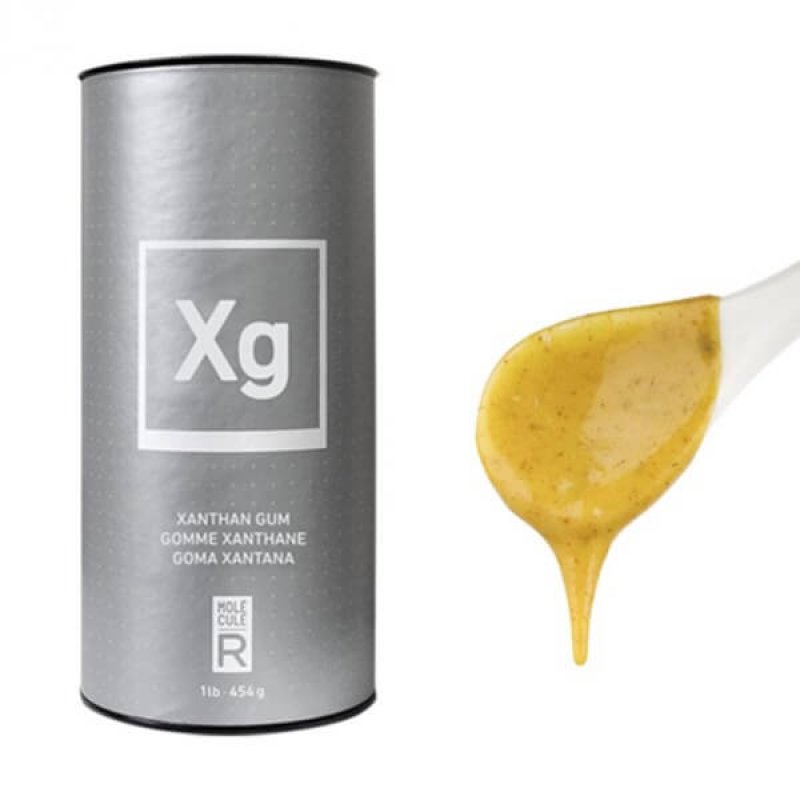Many people have spied the words “xanthan gum” on the list of ingredients on the back of a food box, and instinctively decided it was evil. It’s an understandable response, as it begins with “X,” the most dubious letter of the alphabet. Also not helping its case: the fact that it typically resides in nutritional label no-man’s-land amongst the unpronounceable additives and numbered food dyes. Those are the sorts of ingredients we don’t like to talk about in polite company, the ones we guess might be bad for us because they sound scary.
…
Xanthan gum is, essentially, fermented sugar. Simple sugars like sucrose and glucose, which are made up of single sugar molecules, are mixed with a bacteria called Xanthomonas campestris, which is what gives xanthan gum its very intimidating name.
…
Just a small amount of xanthan gum …. can hold so many foodstuffs together, particularly where fat and water may be at odds, like in salad dressings or canned soups. It helps prevent the water content of ice cream from clumping up into large, gritty ice crystals, creating a finished product that is smooth, silky, and melts beautifully on the tongue.
Read full, original article: What’s xanthan gum and why is it in my food?































